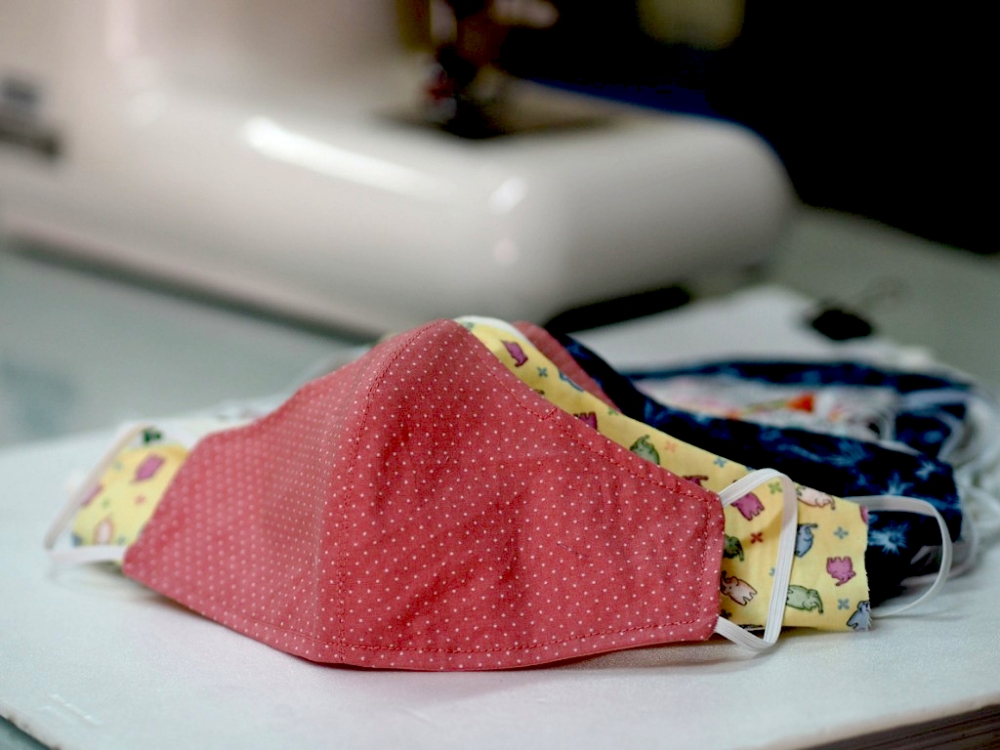
Stay in Place, Cover Your Face
As the Centers for Disease Control issues its recommendation regarding the use of cloth face masks, California Public Health officials released new guidelines on the use of cloth face coverings. Local jurisdictions are following suit.
“There is growing evidence that people without symptoms can have the virus in their saliva and nasal secretions and can infect others,” said Dr. Ali Javanbakht, M.D., medical director at Student Health Services. “In places where the public have covered their mouths and noses in addition to physical distancing and hand hygiene, the spread has slowed down more than in areas where they didn’t.”
Javanbakht and fellow health officials stress that masks and face coverings alone are not enough to protect against the virus. Coverings may inhibit the spread of virus-carrying microdroplets, but people are still urged to maintain social distancing and be diligent in their handwashing.
“The main role (of the face coverings) is to keep people who have the virus and have no symptoms from spreading the virus to others,” Javanbakht said. “The mouth and nose covering keeps the respiratory droplets from going out into the air and potentially infecting others.”
Kenneth S. Kosik, the Harriman Professor of Neuroscience Research in the Department of Molecular, Cellular, and Developmental Biology and a medical doctor, concurs. “The evidence strongly favors that face covering the mouth and nose when away from one’s residence is without a doubt an effective measure.”
To maintain the much-needed supply of N-95 and surgical masks for doctors, nurses and other frontline personnel, bandannas, scarves and simple homemade cloth versions are the alternative coverings of choice in public.
The research community on campus, led by Joe Incandela, vice chancellor for research, has already taken action. Essential research personnel — those who have been granted exceptions to the ongoing shutdown in order to maintain and conduct essential research on campus — are donning face coverings as a part of their regular attire.
“We now have a substantial number of confirmed COVID cases in Santa Barbara County and a substantially larger number of infected but asymptomatic persons in the county who are very likely an important source of future infections, strongly recommending that essential research personnel on campus cover their faces for the entire time they are away from their residences,” Incandela said in a statement to essential research personnel.
“In many cases, researchers already wear some form of mask in the lab,” he noted. The masks that are the standard gear for researchers can also be used outside the lab, but if researchers are required to use fresh masks inside the lab, alternative cloth coverings can be used during travel to and from the lab and while in public.
Tips for using a cloth face covering:
1. The face covering should cover both the mouth and the nose.
2. The face covering should be washed and dried ideally after each use but at least daily, in hot temperatures. Wash hands after touching a used covering.
3. Face coverings are most useful to cover the mouth and nose in an indoor setting when others are present, such as at the grocery store. However, according to Javanbakht, “there is nothing wrong with covering the mouth and nose at all times when outside.”
The California Public Health Department’s guidance on face coverings can be viewed here.



